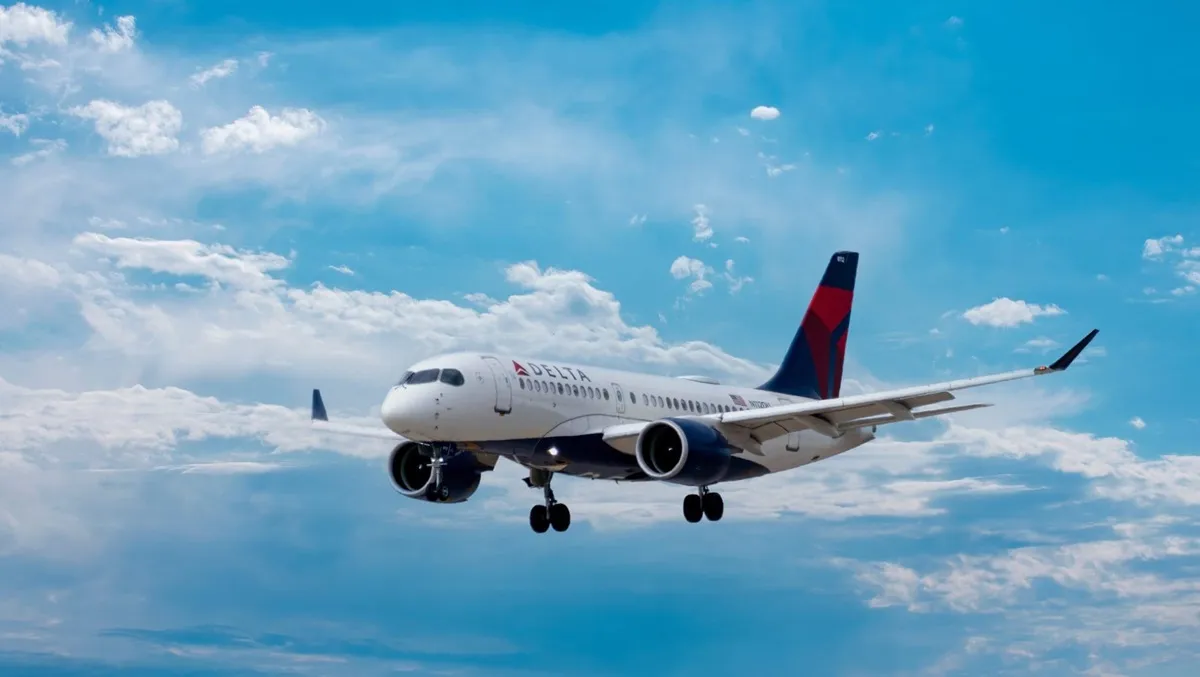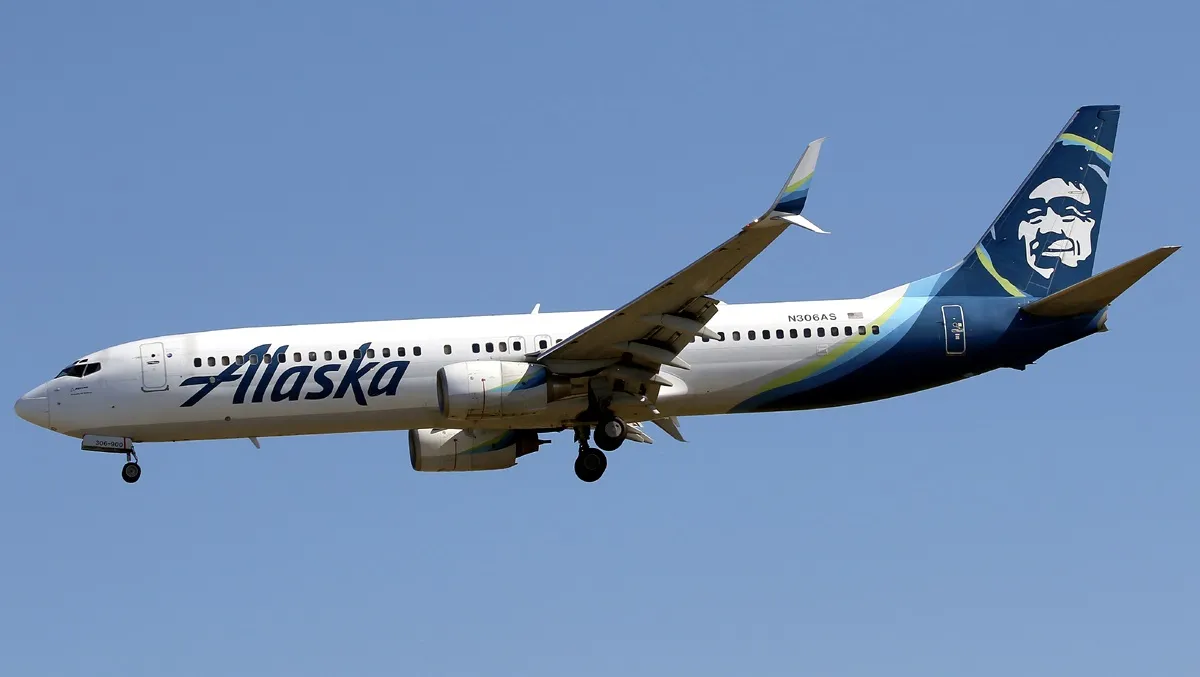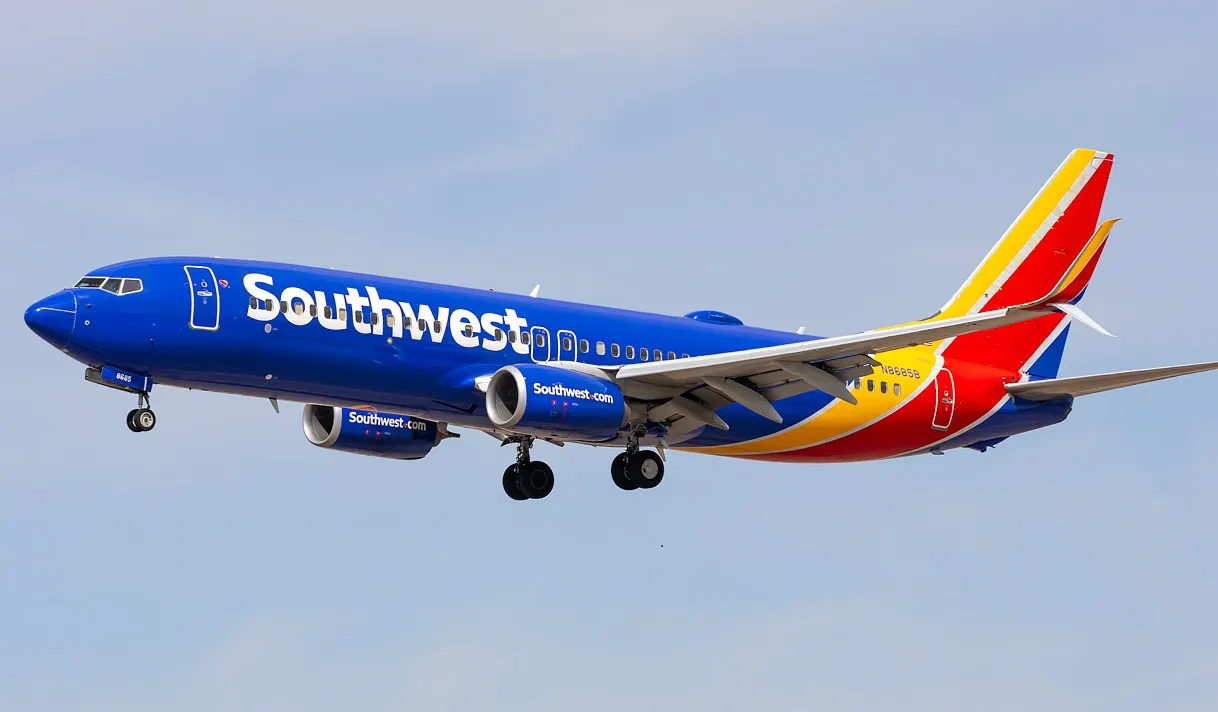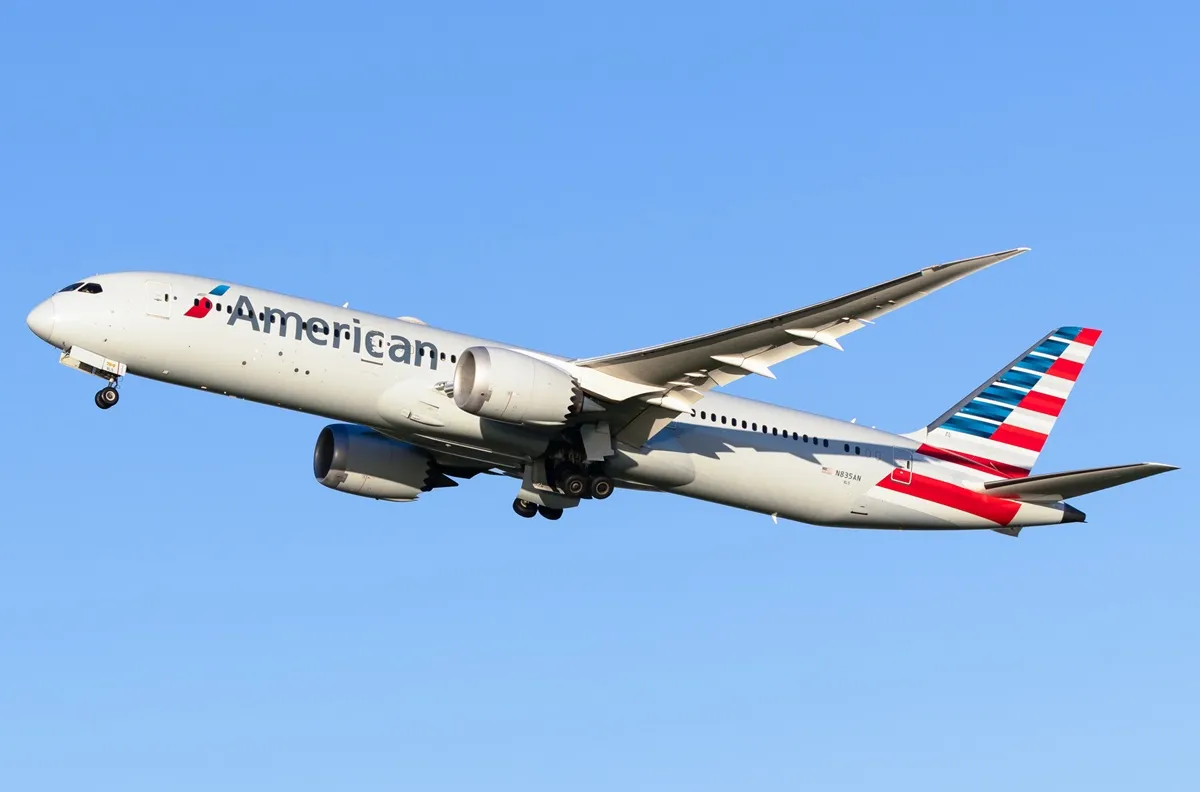Enjoying lower fuel prices
In the annual report that the airline filed with the United States Securities and Exchange Commission (SEC) on February 11, Delta Air Lines consumed $4.1 billion of fuel (in gallons), compared to $3.9 billion in 2023 and $3.4 billion in 2022.
However, the airline spent the least amount of cash on fuel in 2024, with its fuel bill being $10.5 billion.
|
2019 |
2022 |
2023 |
2024 |
|
|
Delta Air Lines' annual fuel bill |
$8.5 billion |
$11.4 billion |
$11 billion |
$10.5 billion |
At the same time, comparing total fuel bills does not reveal the big picture, namely how fuel costs change as the airline’s fleet grows.
In 2019, Delta Air Lines had 1,062 aircraft (including aircraft operating on behalf of Delta Connection), while in 2024, the carrier’s fleet numbered 1,292 aircraft.
|
2019 |
2022 |
2023 |
2024 |
|
|
Delta Air Lines cost per available seat mile (CASM) |
14.67¢ |
20.12¢ |
19.31¢ |
19.30¢ |
Efficiency gains
Delta Air Lines detailed that between 2019 and 2024, fleet renewal and optimization efforts have led to a 6.6% improvement in fleet-wide fuel efficiency.
In 2024 alone, the airline took delivery of 38 aircraft (five Airbus A220-300s , 21 A321neos, five A330-900s, and seven A350-900s ), according to data from ch-aviation.
The carrier pointed out in the annual SEC filing that these are, on average, 28% more fuel efficient per seat mile than the aircraft it has been retiring since 2019, adding that:
“In addition to accepting deliveries of next-generation fleet types, we have also invested in retrofitting our existing fleet with updated technologies that optimize and reduce fuel consumption.”
Continued strong demand for travel
While the airline published its annual report on February 11, the airline’s Q4 2024 and 2024 results were issued on January 10.
Then, the airline disclosed that it ended the last quarter of the year and 2024 with a net income of $843 million and $3.4 billion, respectively.
Both are non-adjusted figures, with adjusted quarterly net income and full-year adjusted net income of $1.2 billion and $3.9 billion.
In Q4 2024, Delta Air Lines’ revenue was $15.5 billion, with the airline ending 2024 with revenue of $61.6 billion.
At the time, Ed Bastian, the Chief Executive Officer of the company, concluded that the carrier expects strong demand for travel to continue in 2025, with consumers increasingly seeking premium products that are provided by Delta Air Lines.




